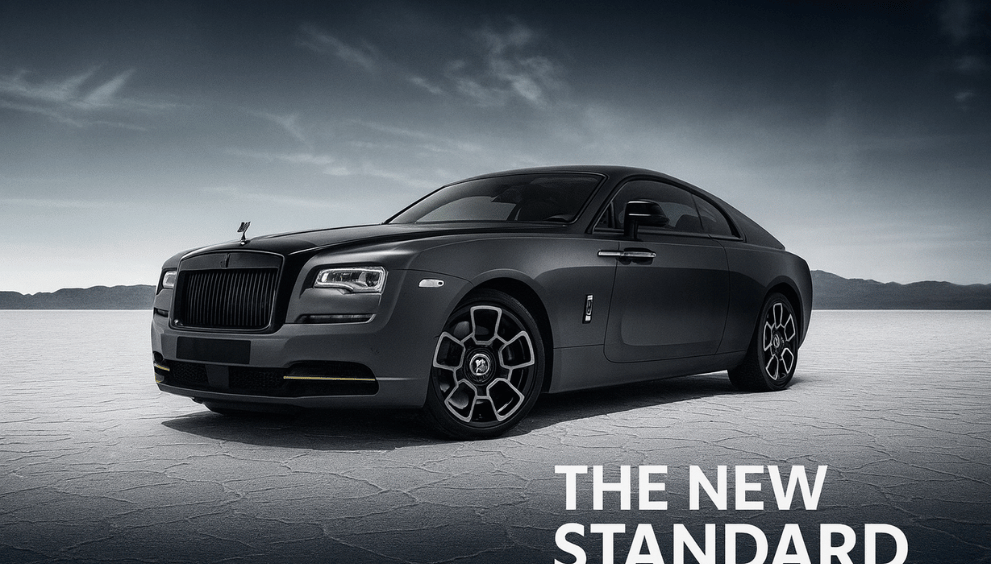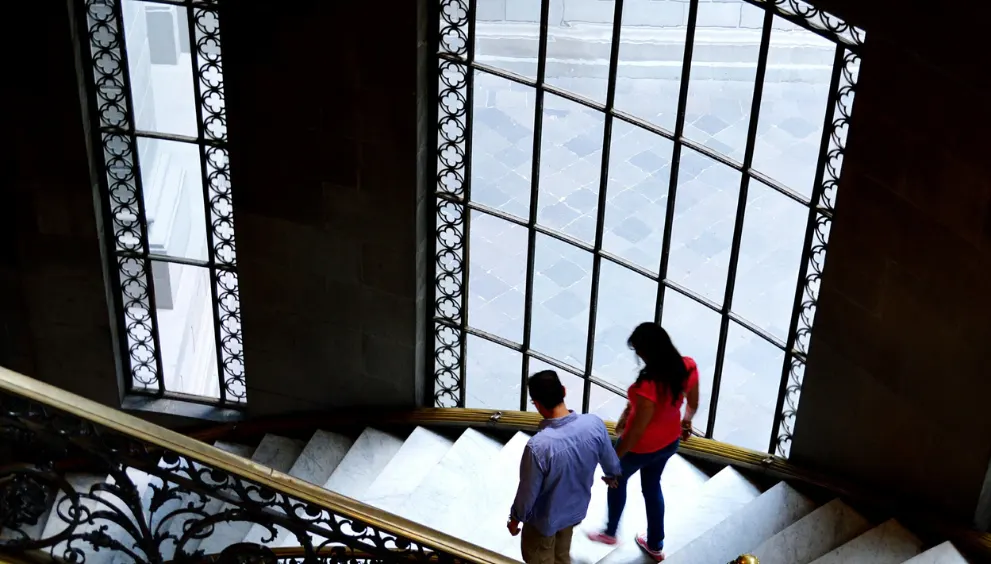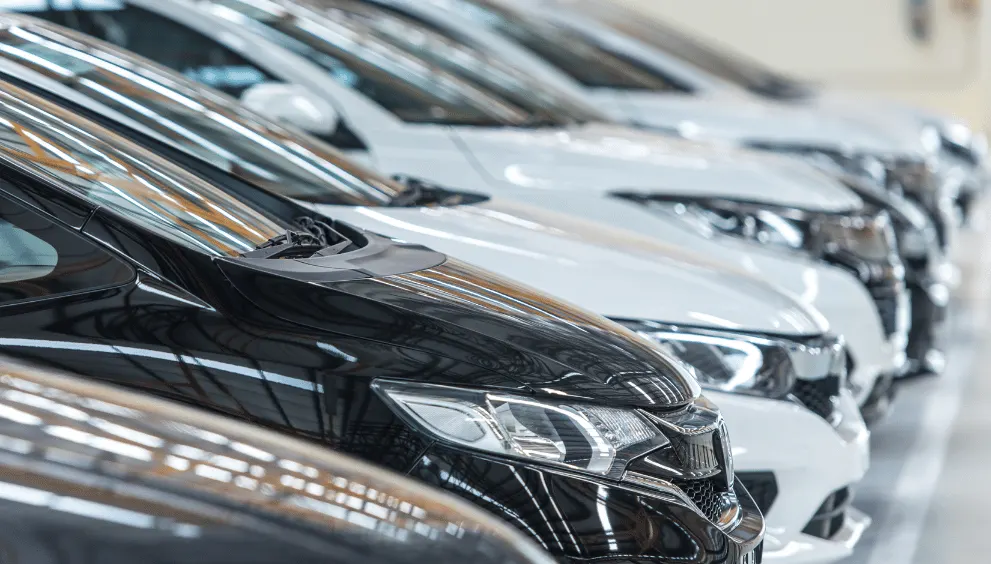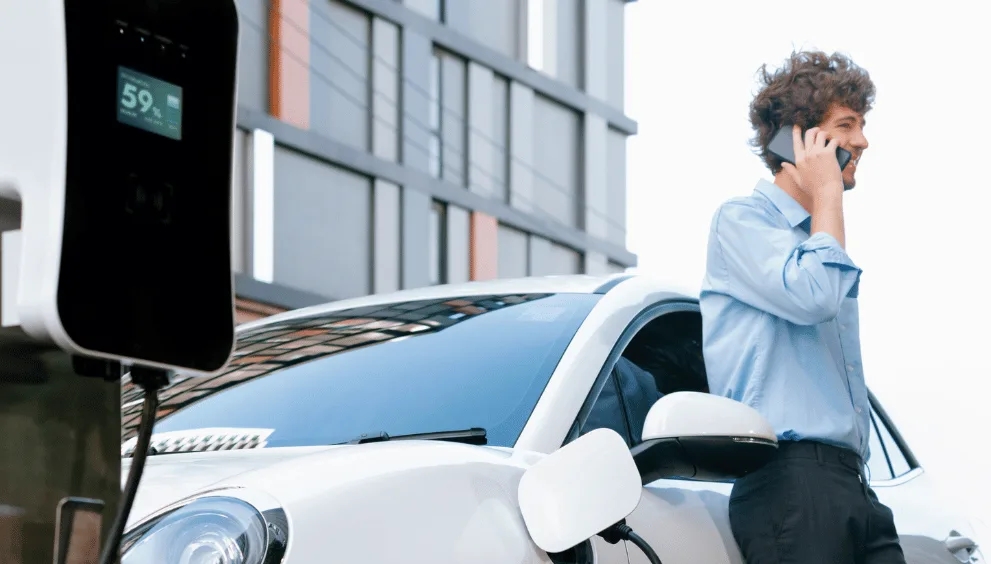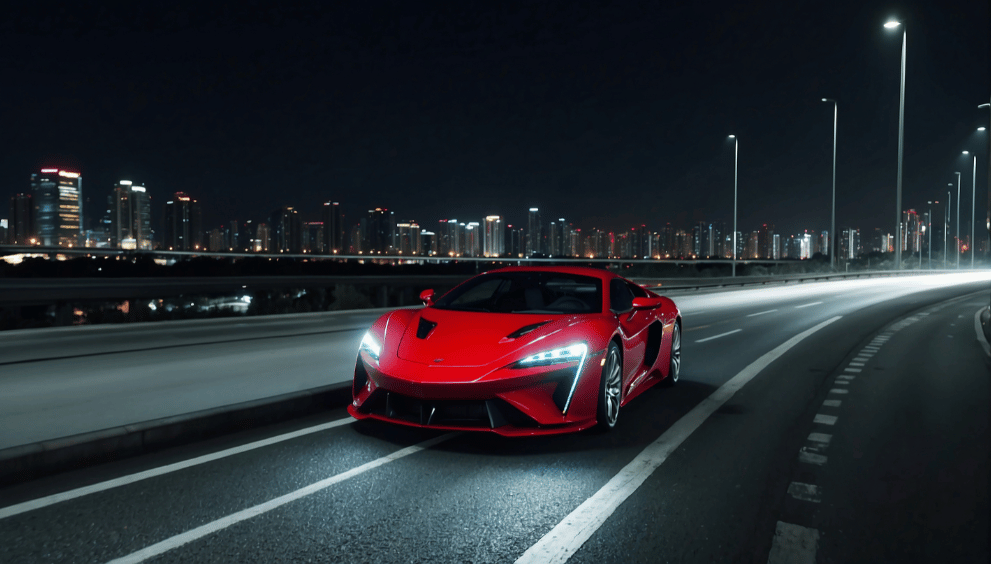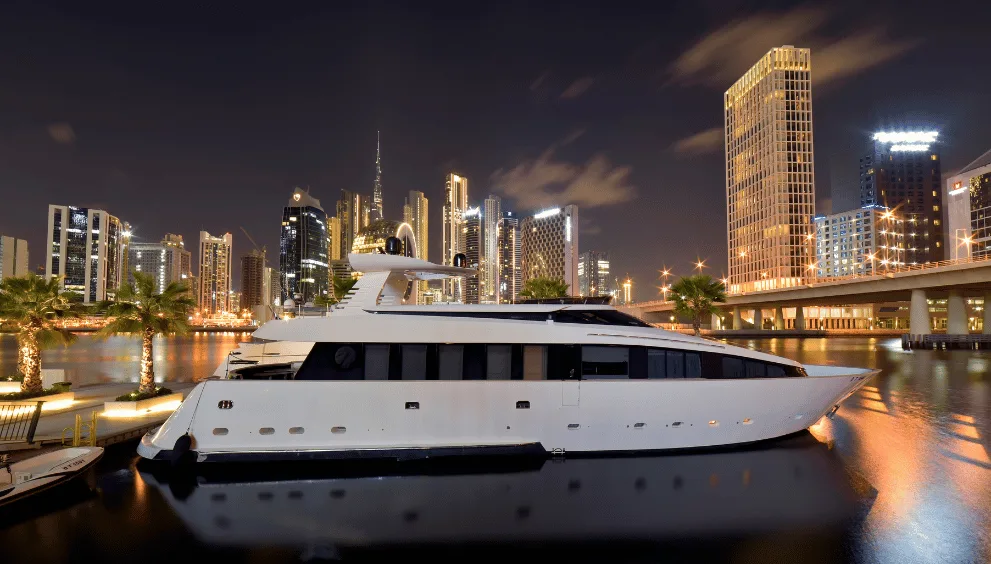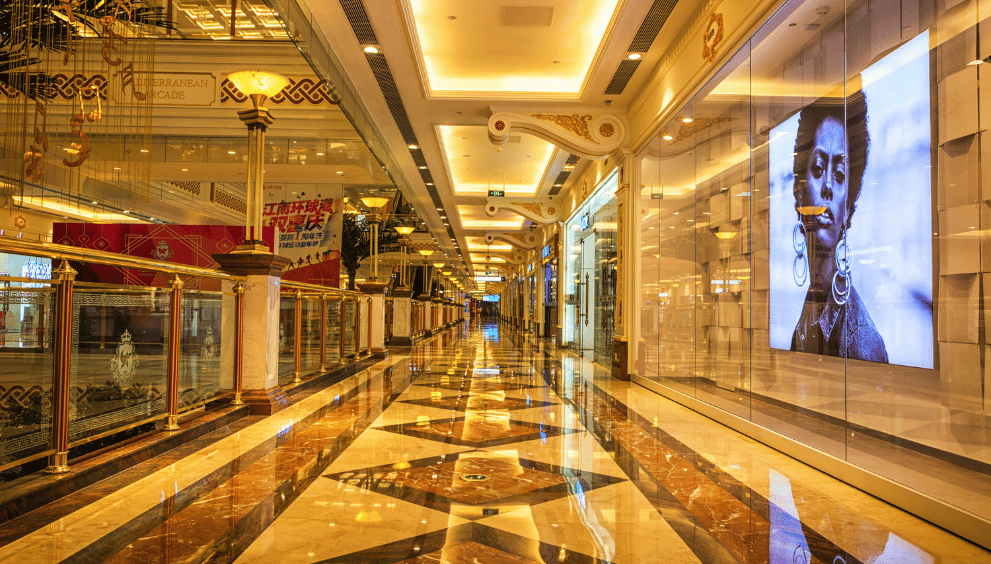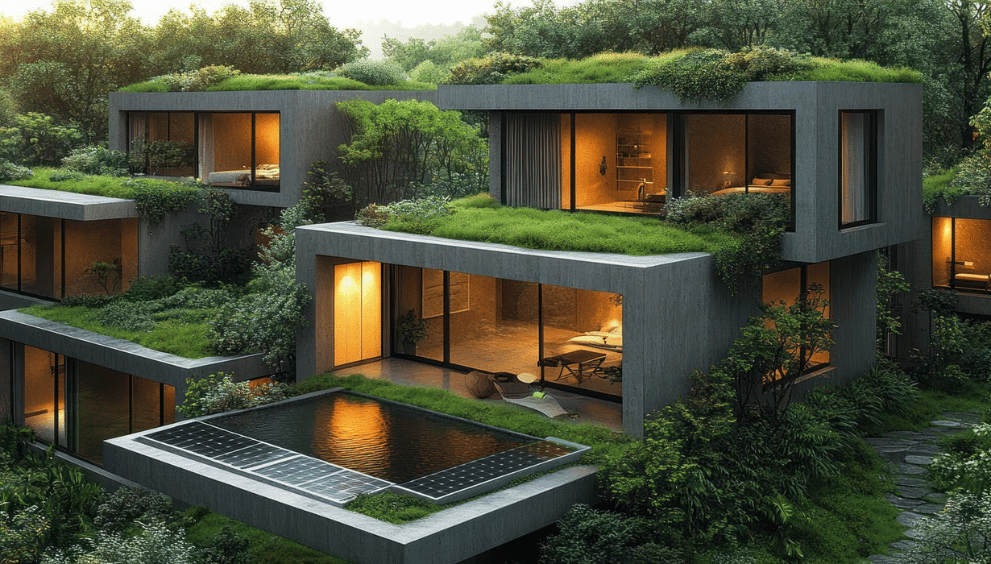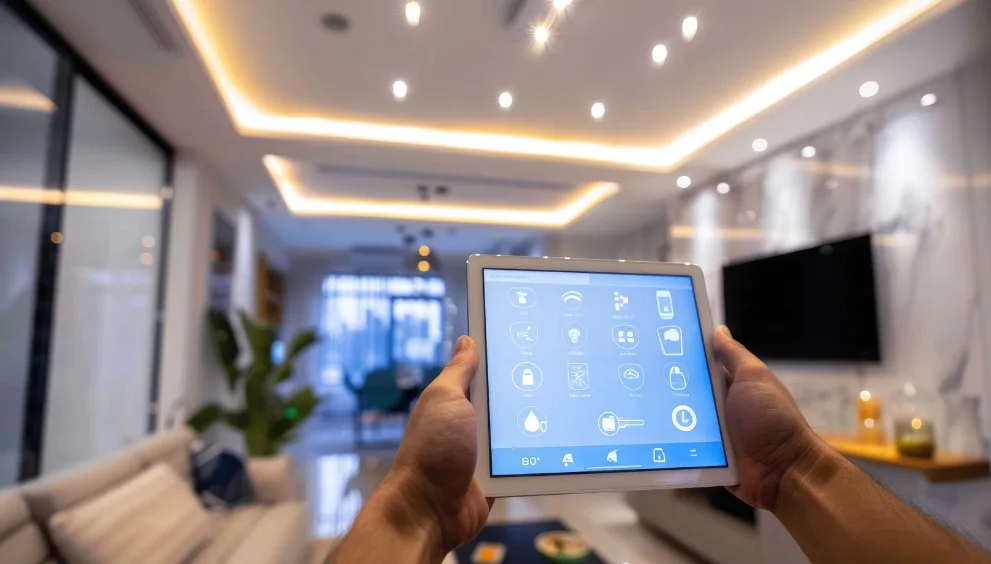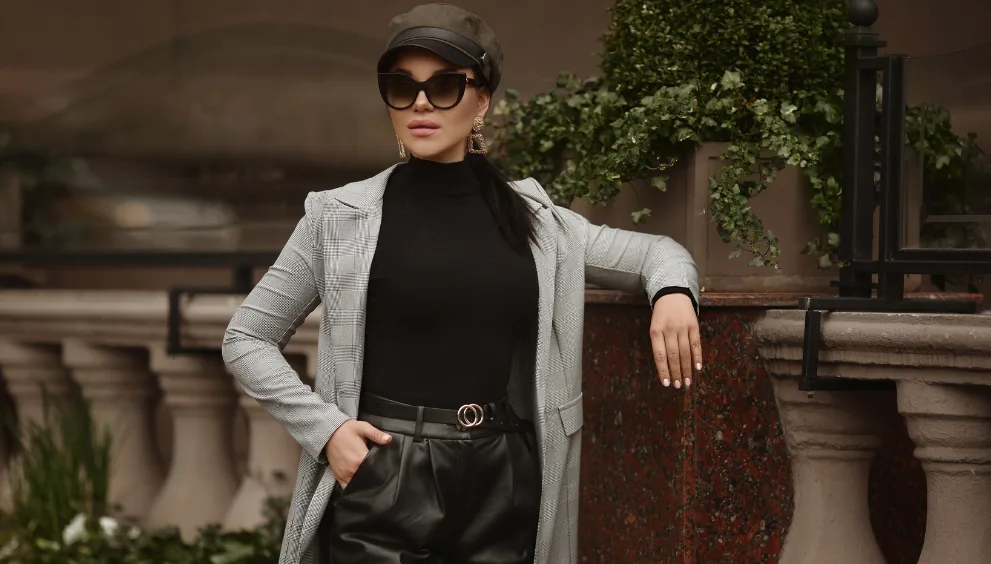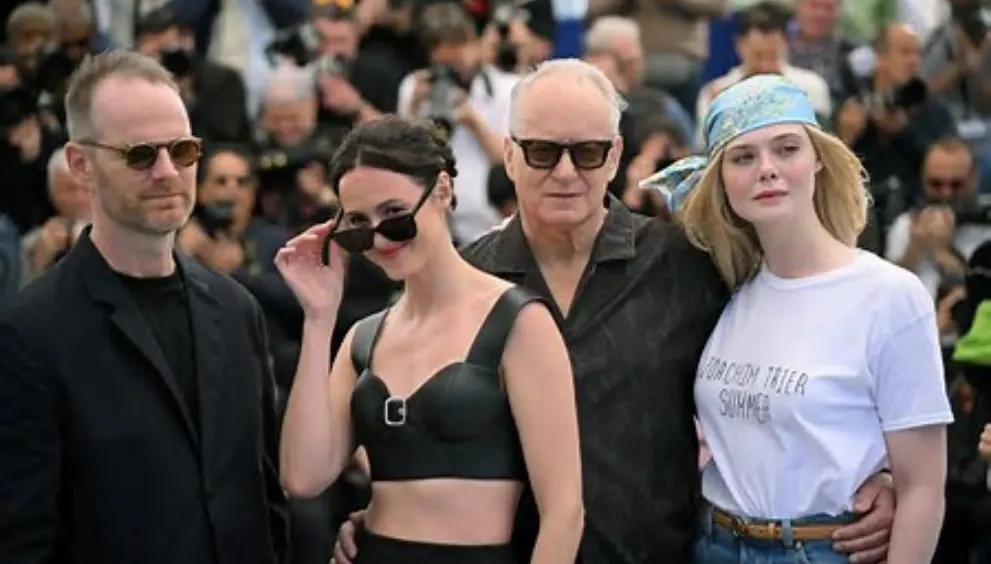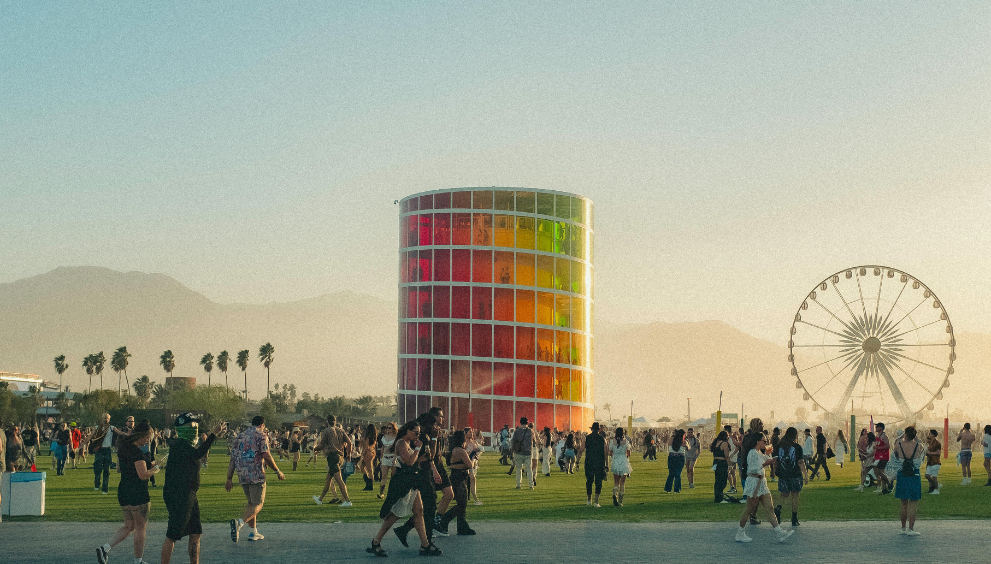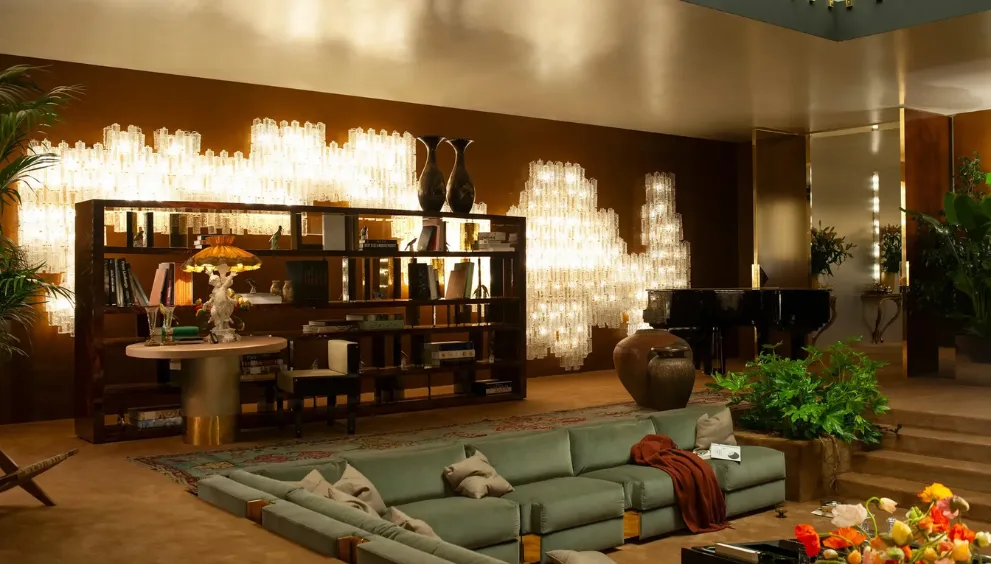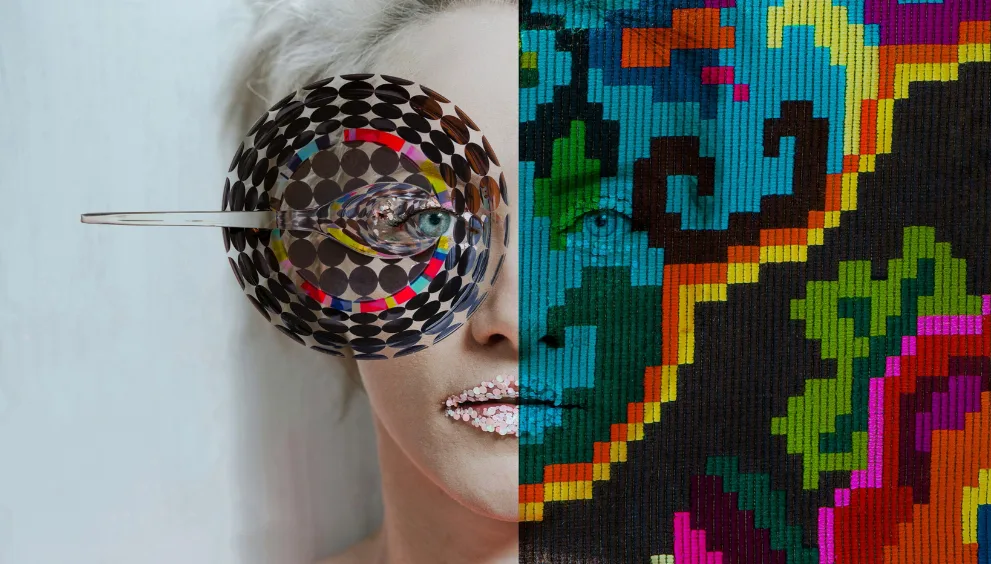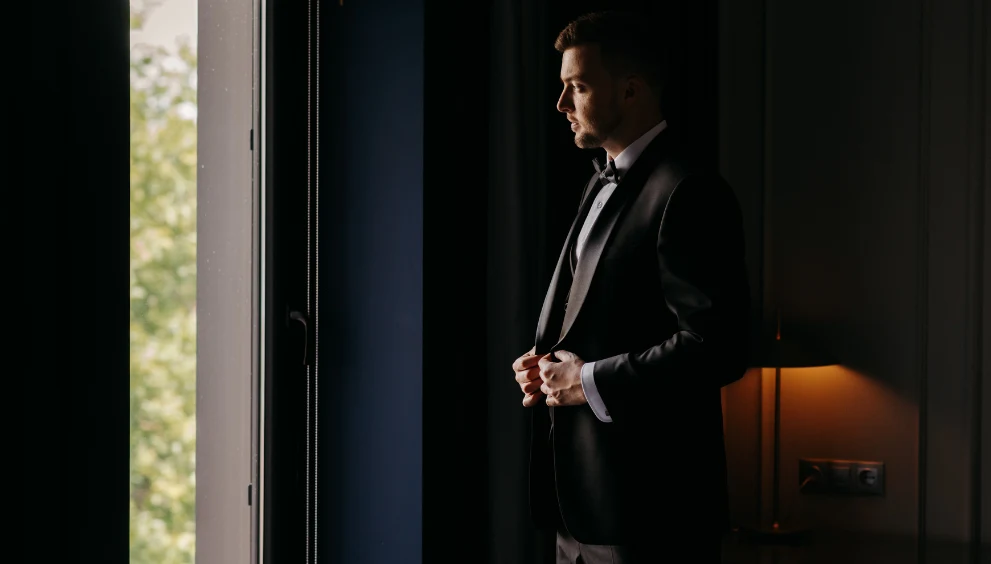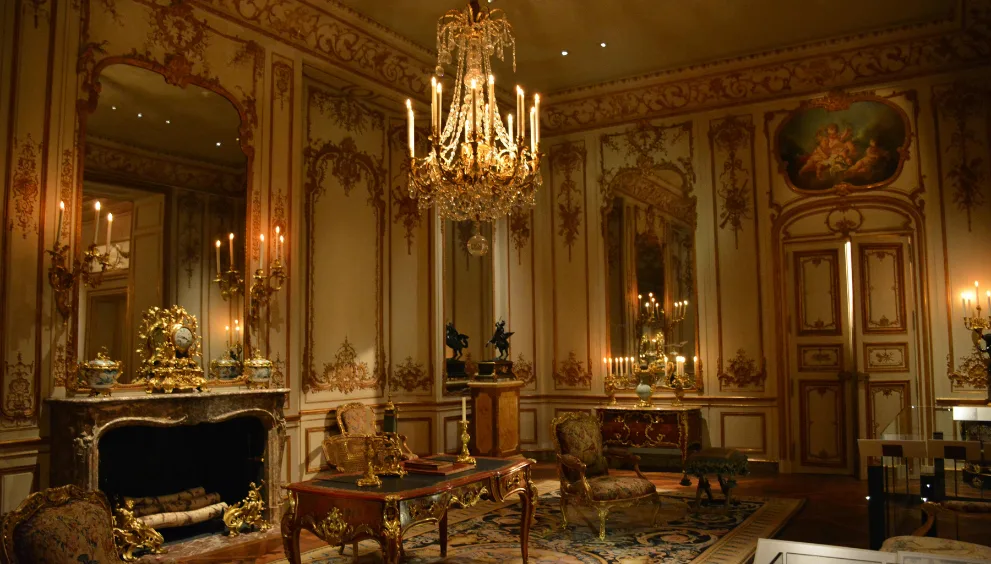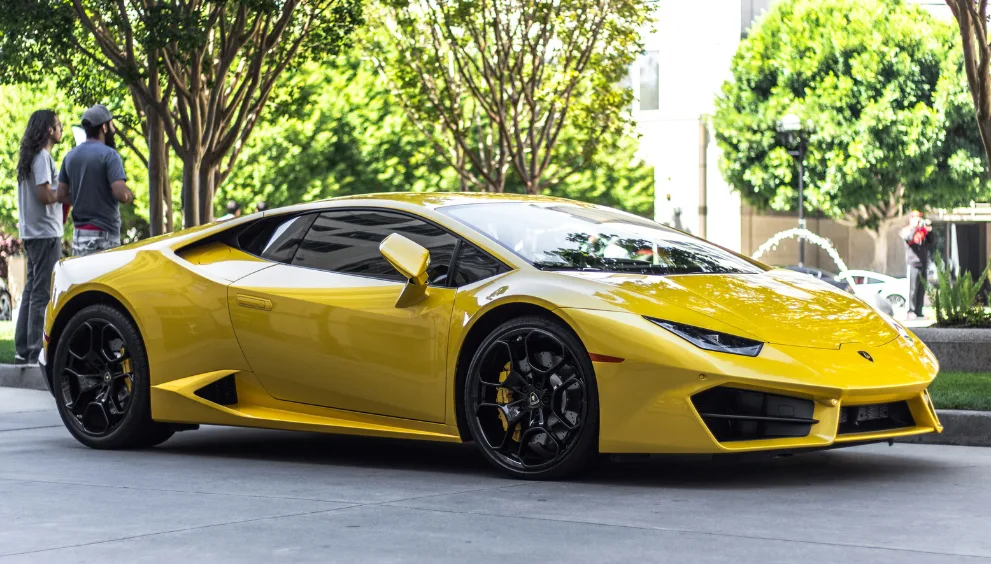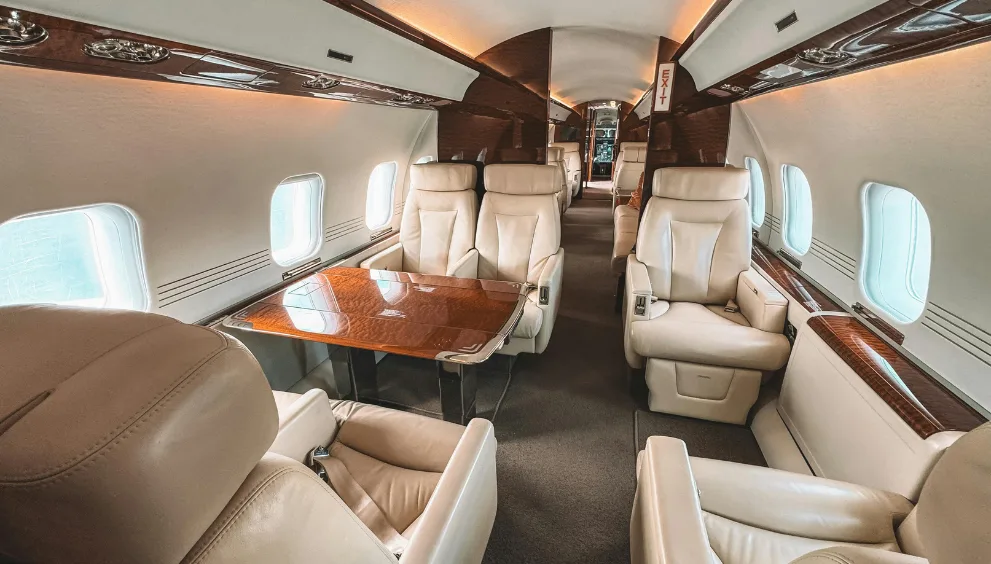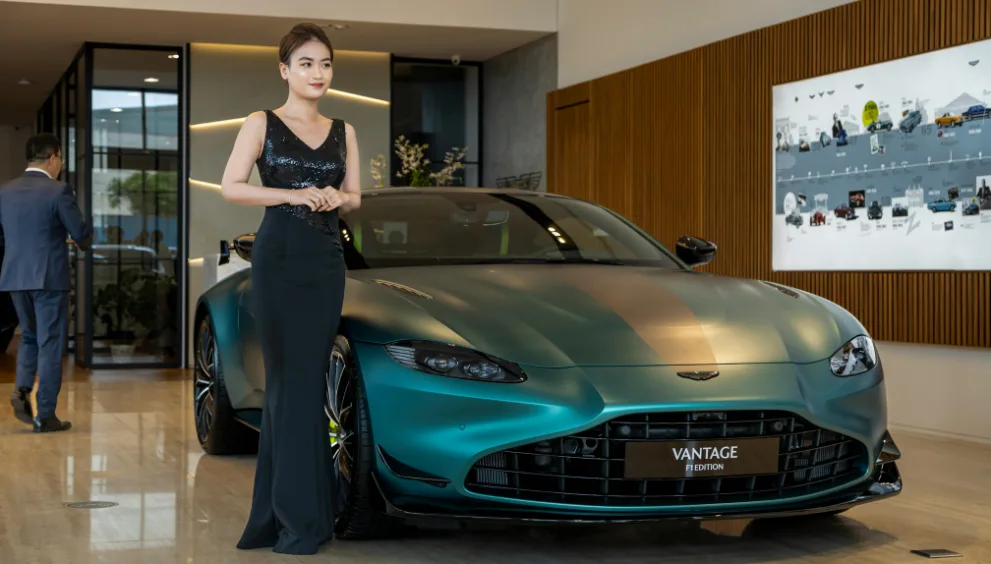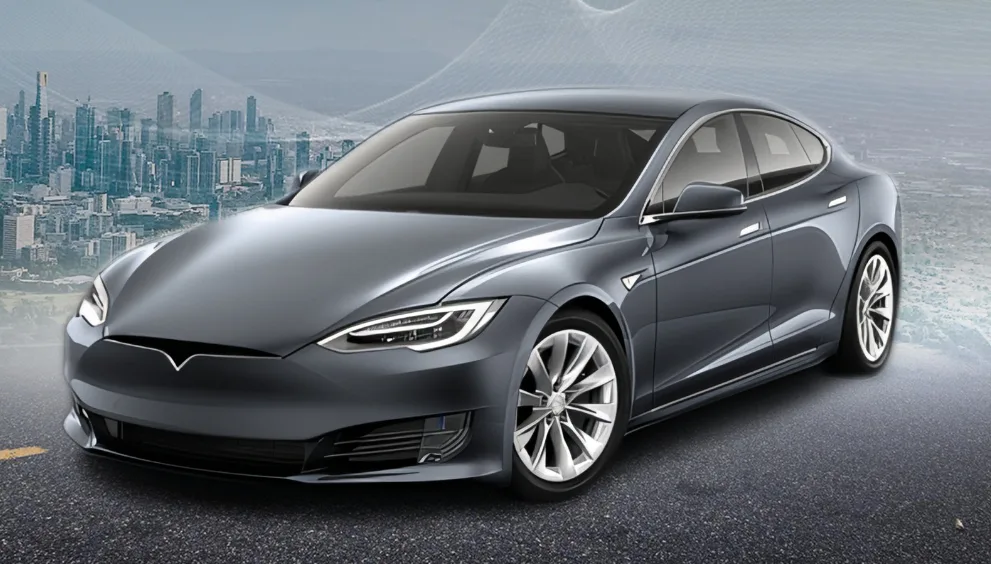The One Feature Billionaires Are Quietly Building Into Every New Home

It is no surprise that billionaires do things differently than the rest of us. Beyond the jaw-dropping infinity pools, glass elevators, and rooftop helipads, though, there is a less-braggy, quieter trend within the ultra-rich homes and it has nothing to do with how they look or feel.
It has to do with control, protection, and longevity. The one thing billionaires are quietly incorporating into every new home? Smart home technology, but not the way you might think. We’re not just talking about voice-controlled lights or automated blinds. We’re diving deeper into hidden panic rooms, underground vaults, and AI-driven wellness suites. These high-tech sanctuaries are reshaping what it means to feel “at home,” and they’re becoming the new normal in billionaire design.
Remember those movie scenes in spy films where a bookshelf opens to disclose a hidden room? That’s no longer Hollywood fantasy. Secret panic rooms are now a standard feature in super-luxury homes. They’re made to be invisible to the outside world but immediately accessible to the owners in case of emergencies.
Consider Bill Gates, for example. His $127 million estate, Xanadu 2.0, is a wonder of smart home technology but it also supposedly features secret security elements meant to safeguard the entire property. Panic rooms today have biometric doors, bullet-resistant walls, and stand-alone air purification systems.
In a world where things don’t always go as planned, these rooms provide security and comfort. Indeed, companies such as Creative Home Engineering have made a specialty of such Bond-worthy installations. Consider motorized bookcases opening through secret triggers or voice activation. These are not do-it-yourself weekend projects, these are products of state-of-the-art engineering and security technology.
When we hear “vaults,” we think of bank vaults and Fort Knox. But billionaires these days are ordering underground vaults under their own living rooms. Why? To safeguard irreplaceable holdings like rare art, old wine, cryptocurrency hard drives, and emergency equipment.
Elon Musk, no unknown to futuristic innovation, is said to have secure storage units integrated into some of his real estate. It’s not paranoia, it’s foresight. And with the help of smart home technology, these vaults are more than just steel containers. They’re climate-controlled, AI-protected, and sometimes even remotely usable.
Brands such as Brown Safe and Rosengrens are at the forefront of this niche, providing ultra-secure, high-end vaults with facial recognition, remote lockdown capabilities, and intelligent surveillance systems.
Wellness is the new wealth? If the pandemic did one thing for the elite, it’s taught them that not only is health worth more than money, it’s everything. Meet AI-powered wellness suites, the newest area of smart home technology. They’re not the run-of-the-mill home gym or meditation nook.
These suites are outfitted with extensive real-time monitoring of various functions of your body, light therapy systems, air purifiers, and an entire climate to support changing your mood – all through AI. Tony Robbins is a high-performance lifestyle practitioner.
He invested millions into building a home complete with a wellness suite including infrared saunas, cryosaunas, circadian lighting systems, and smart systems to manage how often and when evens to maximize routines and how to capture the maximum effectiveness and results based on drills and biometric readings.
Many wellness companies like Delos and Lutronic are using pieces of AI and neuroscience to blend and design together wellness spaces that are beyond wellness-spaces, that connect together and augment wellness and well-being. Your space can not only “look” relaxing, it can “read” you, and develop to support recovery, mental clarity, sleep, etc.
When you live in a home with dimensions of both fortress and haven, privacy and interrogation are appreciated in different ways. The amenities you identify in a healthy home — are not ordinary amenities that preempt and are copied from page a fine real estate brochure or web-site ad. If you built your house around your needs, you don’t notice the amenities of your home – except the people are have duties to talk about and they make that choice.
But don’t be mistaken: the integration of smart home tech at this scale isn’t merely a fad. It’s a harbinger of things to come. As billionaires grow more concerned with privacy, security, and individual well-being, their homes are transforming into hyper-efficient, AI-optimized sanctuaries.
While most of us won’t be installing underground vaults or biometric panic rooms anytime soon, we can at least learn from the super-wealthy. The future of real estate is not only about high-end luxury but about optimizing lifestyles, security, and intelligent living. From stealthy sanctuaries to AI-enhanced zen spheres, the billionaires are designing homes that do not only appear like the future, they are also living it. But what is at the core? Smart home technology is trading walls for sentinels, rooms for therapists, and homes for thinking beyond mere escape.
- Smart Homes



